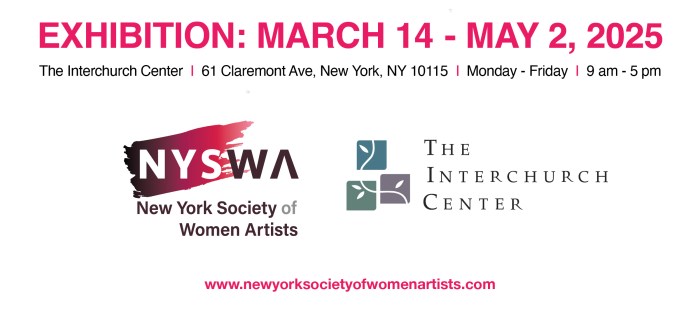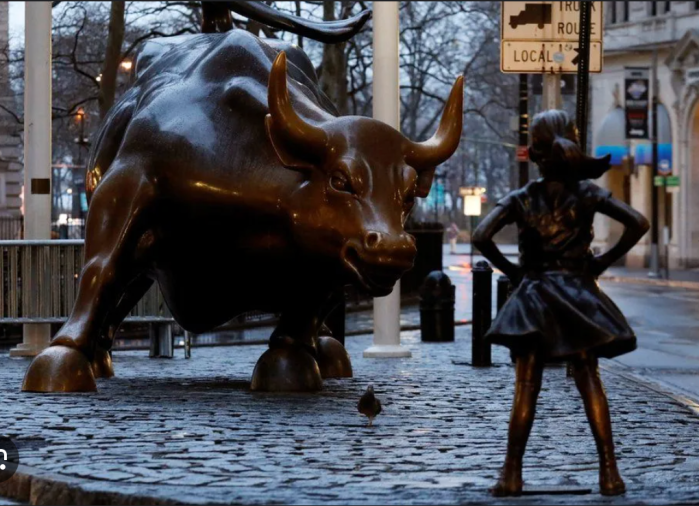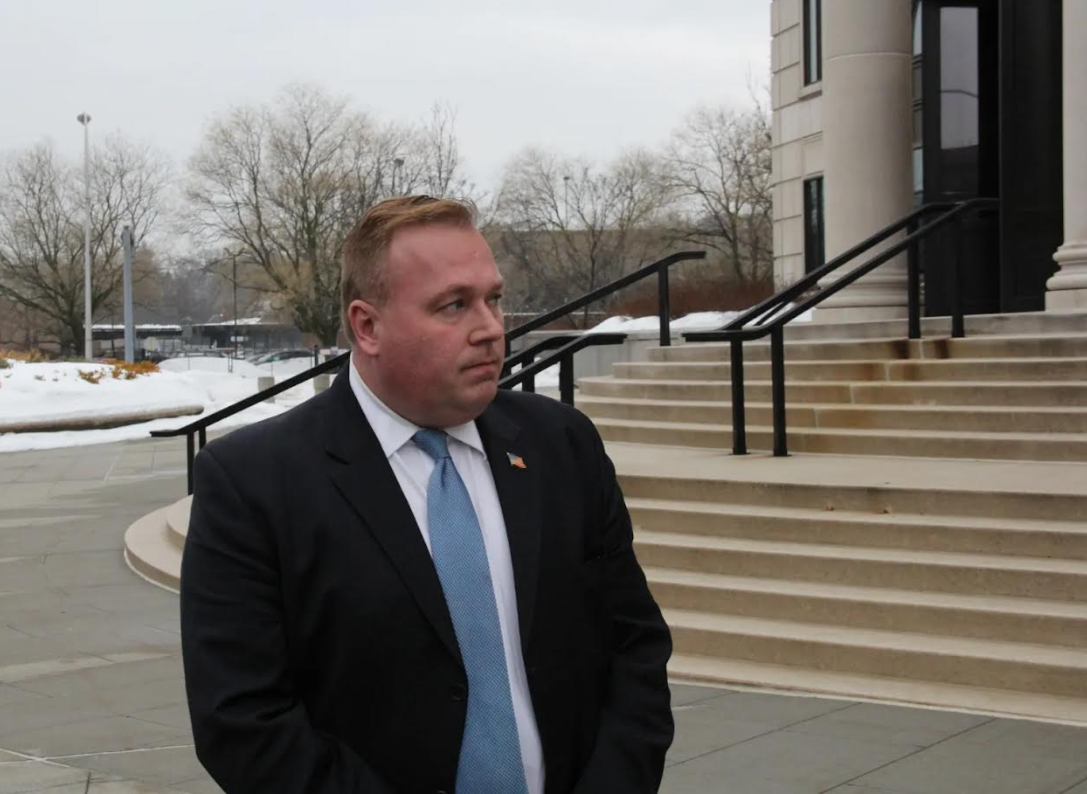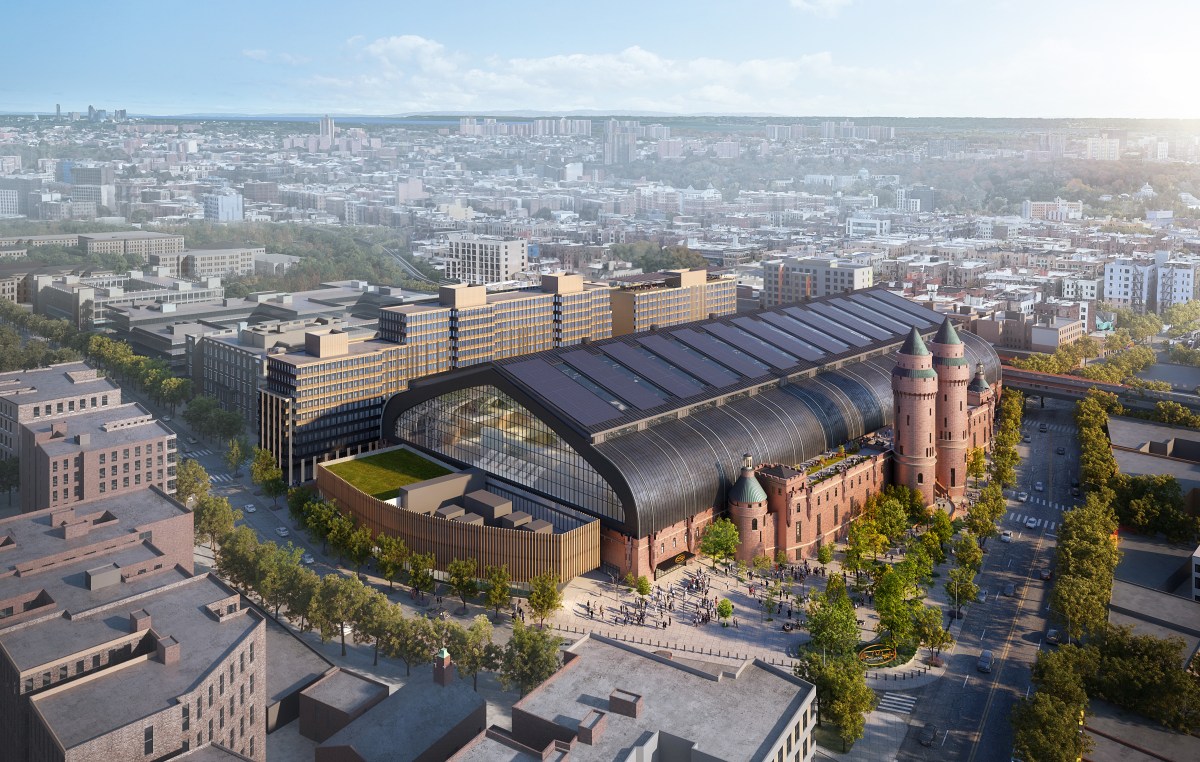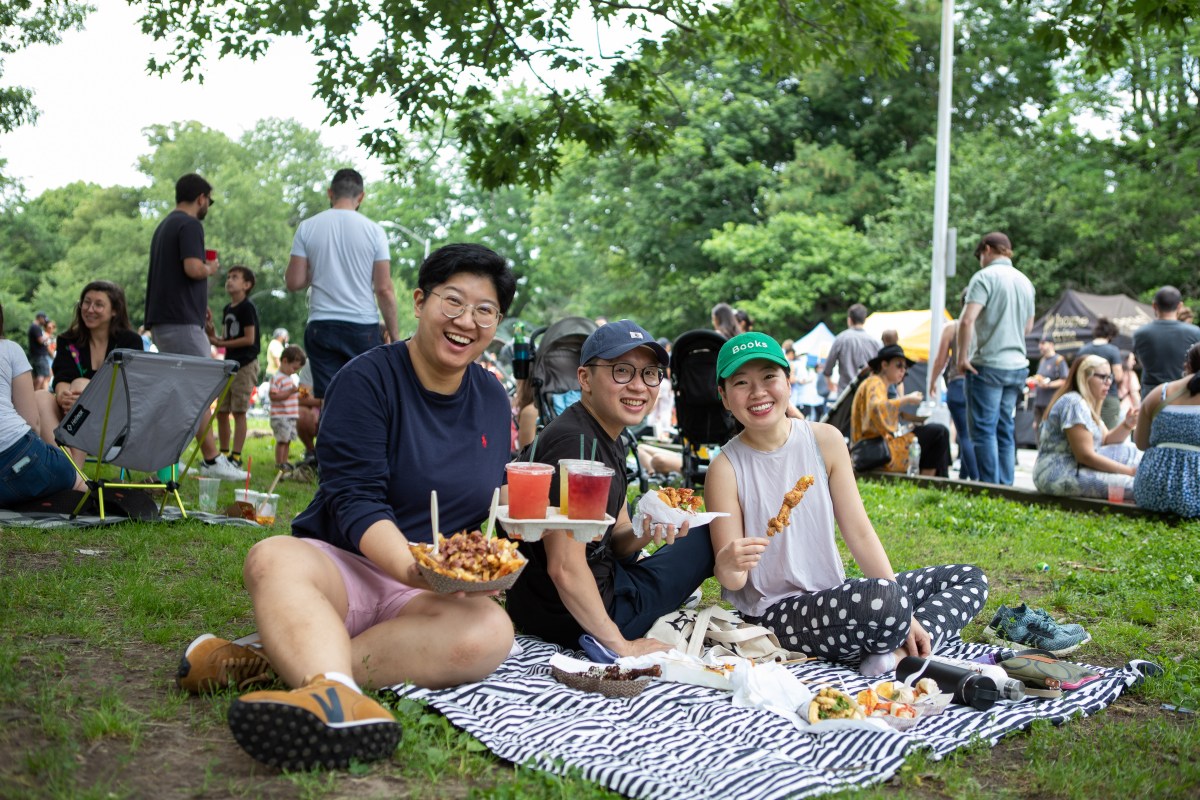By Elizabeth O’Brien
With the population of Lower Manhattan expected to swell and local classrooms already packed, many residents hope that the city will reveal plans to build new area schools as part of its long-term budget to be released next month.
The School Construction Authority is preparing to issue a draft of its five-year capital plan. This document will show the city’s priorities for constructing new public schools and making repairs to existing schools.
The Downtown community has lobbied for at least one new elementary and middle school to help alleviate the overcrowding that many anticipate will only worsen over the next two years as developers create more than 8,000 new units below Canal St. Reducing class sizes should take priority over amenities such as gourmet food shops, said Madelyn Wils, chairperson of Community Board 1.
“We’d rather go to Greenwich Village to buy a steak than have our kids going to school in trailers,” Wils said at a recent C.B. 1 committee meeting.
Department of Education officials have said they will not comment on what the capital plan might have in store for Lower Manhattan. Kathleen Grimm, deputy chancellor, said last month that the department engages an independent consultant to do a 10-year demographic projection to identify areas of greatest need.
Noreen Connell, executive director of the New York City-based advocacy coalition Educational Priorities Panel, said that the city should be praised for doing its homework before releasing a capital plan every five years.
“We really have objective information and we actually have a plan,” Connell said. “The fly in the ointment is the plan often isn’t funded enough.”
This shortfall has often resulted in much more money being spent on making repairs to existing schools than on creating new classrooms, Connell said. Margie Feinberg, a spokesperson for the Department of Education, disputed this assessment, saying that under the current capital plan the School Construction Authority spends about half of its budget on creating new capacity and the other half on repairs. In New York City, it costs about $40 to $60 million to build a new school, including the cost of land, according to estimates by Connell and Wils.
Balancing the needs of school communities throughout the city has also proved challenging, Connell said. While much of the city’s severe overcrowding has recently occurred on the high school level, many middle and elementary schools have also exceeded their capacities.
According to the most recent Department of Education statistics, elementary schools in Community School District 2, which includes local schools, were filled at 97 percent capacity on average last school year. Out of the 32 community school districts citywide, last year 11 had elementary schools filled over 95 percent. The worst overcrowding was in District 10 in the Bronx and District 24 in Queens, which both had elementary schools filled on average at 103 percent capacity. In creating new public schools, “there’s usually a bias towards middle class” communities, Connell said.
Next year’s statistics will likely show an increase in the population of local schools this school year. Top-performing P.S. 234 in Tribeca has seen its enrollment go from about 640 students last year to 704 last week, according to school officials.
Sandy Bridges, P.S. 234’s principal, and others have said that the school’s capacity is 585 students, but that figure is “erroneous and outdated,” said Feinberg of the education department. The correct capacity is 625, according to the agency’s most recent figures. School capacity is calculated based on the square footage in a school that is used for instruction and is 111 percent at P.S. 234, based on the new estimate.
To accommodate the influx of students this fall, P.S. 234 teachers have had to convert underused space into classrooms, like the dishwashing room that became the music room, Bridges said.
“We’re just making do,” Bridges said last week.
Bridges has said that she strongly objects to building an addition to the school or adding trailers to create new classroom space, since making the school any bigger would only weaken P.S. 234’s personal approach and make it harder for her to support staff and students alike.
The best solution, many say, is to create new schools in the area to keep pace with the expected residential boom. According to Community Board 1 projections, the population of Lower Manhattan could grow by 25,000 by the beginning of 2005, a 75 percent jump. About five percent of this number, or 1,250, will likely be children attending public school, Wils said.
This fall, Millennium High School opened at 75 Broad St. This public school gives admissions preference to students living south of Houston St., and it was built more to create a local option for area students than to alleviate overcrowding in surrounding high schools. The overall capacity used by high schools in Region 9, which encompasses the local district 2 and stretches from Lower Manhattan up the East Side and into the South Bronx, is 101 percent, according to recent Department of Education statistics.
Millennium High School could experience a growth spurt over the next 10 years or so, if local preschools are any indication. Ronnie Moskowitz, founder and director of the Washington Market School, said that people who don’t even live Downtown but were considering moving have been contacting her nursery school about enrollment. Moskowitz said she has seen a marked increase this year in inquiries from parents calling a full year in advance of when their children would register.
“It’s not just the numbers, it’s the early numbers,” Moskowitz said. “They’re thinking way ahead.”
Community Board 1 officials have targeted a parking lot bordered by Spruce, Beekman, Nassau and Gold Sts. as a possible location for a new elementary and middle school. The site currently houses a parking lot owned by N.Y.U. Downtown Hospital, which plans to develop or sell the property. Both the hospital and the Department of Education would have to okay the plan to include schools on the site; neither responded to Downtown Express inquiries about the plan. Vanessa Warner, a spokesperson for N.Y.U Downtown Hospital, said on Monday that she could not comment because the hospital was already in discussions about the possible sale or development of the property.
Another proposal floated by some local parents involves making P.S. 150 in Tribeca, currently home to pre-K through fifth grade, into a school for only pre-kindergarten and kindergarten classes. Under this scheme, P.S. 150 would be rezoned to serve the same population as P.S. 234, which would eliminate its pre-K and kindergarten classes and become a first through fifth grade school.
Unlike the hospital site proposal, which became the focus of a C.B. 1 resolution, the P.S. 150 plan has not gained widespread support.
“I don’t know anything about that,” Alyssa Polack, principal of P.S. 150, said on Friday.
Regardless of their views on the best way to alleviate school overcrowding, most local residents agree something must be done to make sure that city services keep pace with the growing population. Wils has said that it would be “hypocritical” of the city to encourage more housing development in Lower Manhattan without providing enough support for its residents.
Wils said that the community board has pushed to earn a place on the education department’s capital plan. She said last week that she had not heard any advance word of what the plan might contain.
Said Wils, “If we don’t get on the capital program, all bets are off.”
Reader Services




